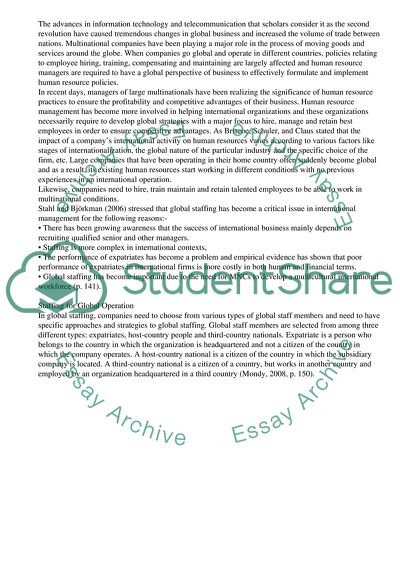Cite this document
(How to do the Staffing and Training for Global Operations Research Paper - 1, n.d.)
How to do the Staffing and Training for Global Operations Research Paper - 1. Retrieved from https://studentshare.org/management/1748030-how-to-do-the-staffing-and-training-for-global-operations
How to do the Staffing and Training for Global Operations Research Paper - 1. Retrieved from https://studentshare.org/management/1748030-how-to-do-the-staffing-and-training-for-global-operations
(How to Do the Staffing and Training for Global Operations Research Paper - 1)
How to Do the Staffing and Training for Global Operations Research Paper - 1. https://studentshare.org/management/1748030-how-to-do-the-staffing-and-training-for-global-operations.
How to Do the Staffing and Training for Global Operations Research Paper - 1. https://studentshare.org/management/1748030-how-to-do-the-staffing-and-training-for-global-operations.
“How to Do the Staffing and Training for Global Operations Research Paper - 1”, n.d. https://studentshare.org/management/1748030-how-to-do-the-staffing-and-training-for-global-operations.


